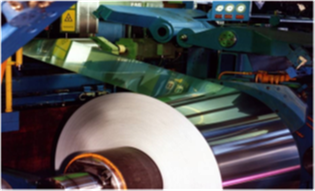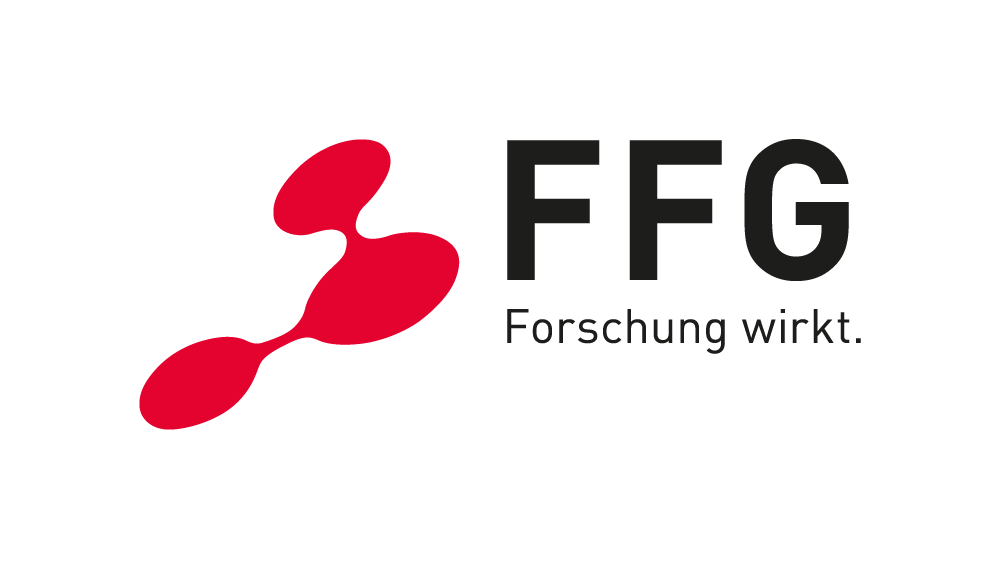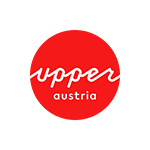Profile and flatness are crucial quality criteria for the production of highest-grade hot and cold rolled metal strip and plate. The development of highly sophisticated mathematical offline and online models is a vital precondition for manufacturing highest quality products satisfying even the most challenging tolerance demands. The developed physically based numerical models are already used by the industrial partners for systematic parameter studies, which provides the basis for the further mechatronisation of the related production processes and systems, including model based design, process optimization and model based control.
Success story
The accurate and reliable prediction of lateral flow (spread) of the rolled material in flat metal strip and plate rolling enables the pre-calculation of strip profile (thickness over width), relative strip crown changes, and of profile transfer functions. Especially for thin, wide strips and plates, where the aspect ratio width over thickness is extremely unfavourable for standard Finite Element (FE) – calculations, the determination of profile transfer and flatness obviously leads to extremely high calculation times with commercial FE-software. Therefore, special emphasis was put on the systematic development of customized FE-codes for the efficient simulation of the elasto-viscoplastic material flow inside the roll gap. The underlying formalism for the strip-routines is based on pseudo-steady-state streamline-update techniques for the stress-field, coupled iteratively with the principle of virtual power for the determination of the velocity field and the contact stress distribution between strip and work roll. Due to the high non-linearity of the whole problem, the coupling between roll stack and rolled stock is performed iteratively. The model is well suited for systematic parameter studies to investigate material flow and flatness defects in more detail and to develop enhanced flatness criteria for flat hot and cold strip and plate rolling.
Impact and effects
For both metallurgical plant suppliers and metal production companies, the developed customized highly sophisticated calculation tools enable enhanced process investigations. Moreover, a deepened insight into critical process details and the behaviour of machines and plants is obtained. Enhanced profile transfer and flatness criteria for strip and plate production lines are a well-founded precondition for the further mechatronisation (model based design, model based control) of the related production processes and systems. It can be considered to be a considerable step forward to accomplish the long term vision of seamless model based design, prediction, tracking, guidance and control of product properties to meet the final product properties as specified.









